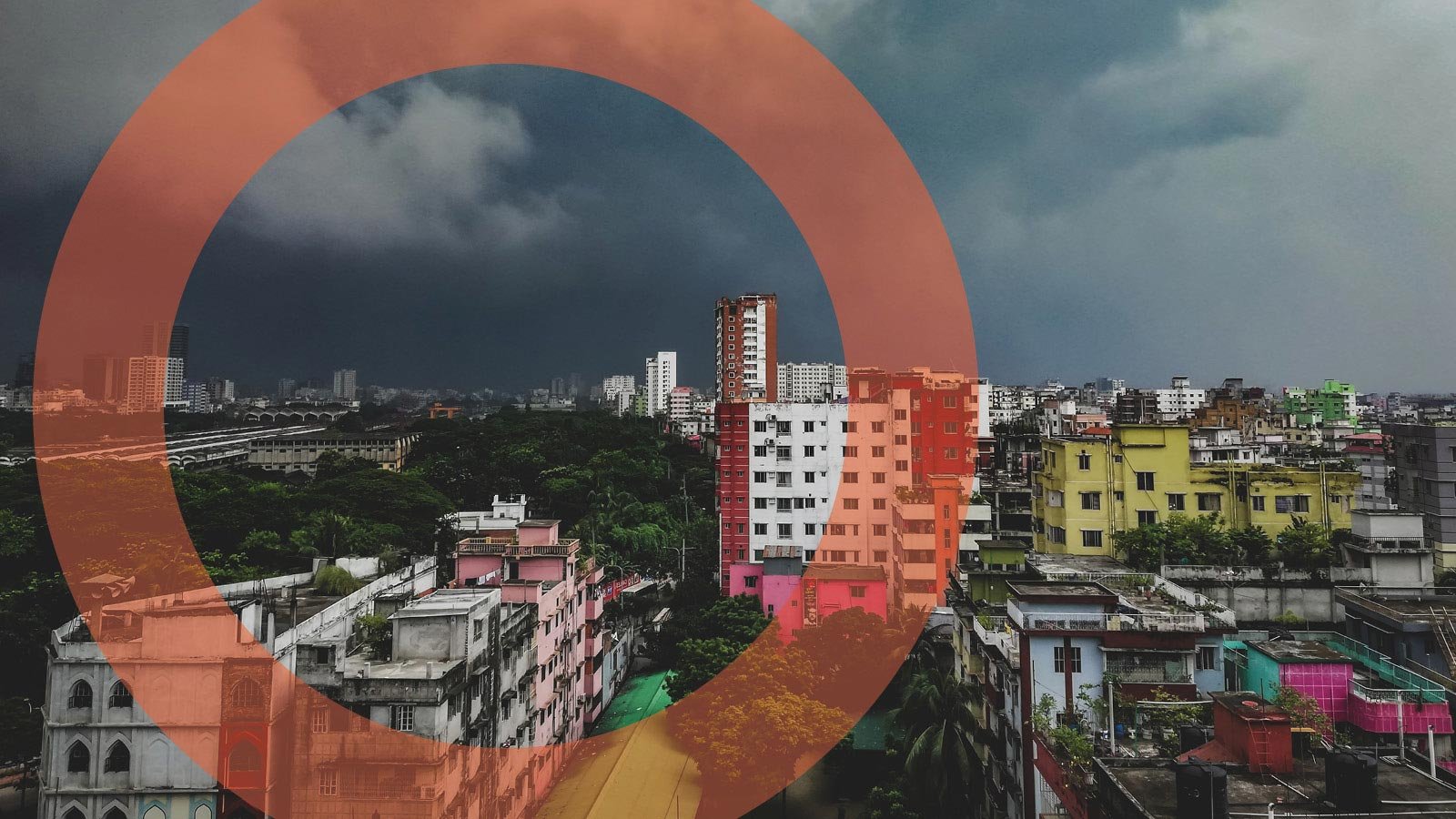
PUBLICATIONS CENTRE

MAKING DISASTER RISK FINANCING WORK FOR RISK-AFFECTED PEOPLE
Accountability is a core principle for making Disaster Risk Finance (DRF) work for risk-affected people. Although DRF actors are widely committed to this, there is not yet a shared understanding of what accountability means and how it should be applied. This guidance note is therefore intended as a common framework to support practical approaches to meaningful accountability across the sector, with the aim of assuring financing that is in the best interest of the at-risk communities that it seeks to serve. It can be used by anyone involved in DRF, including those promoting, designing, delivering and supporting DRF.
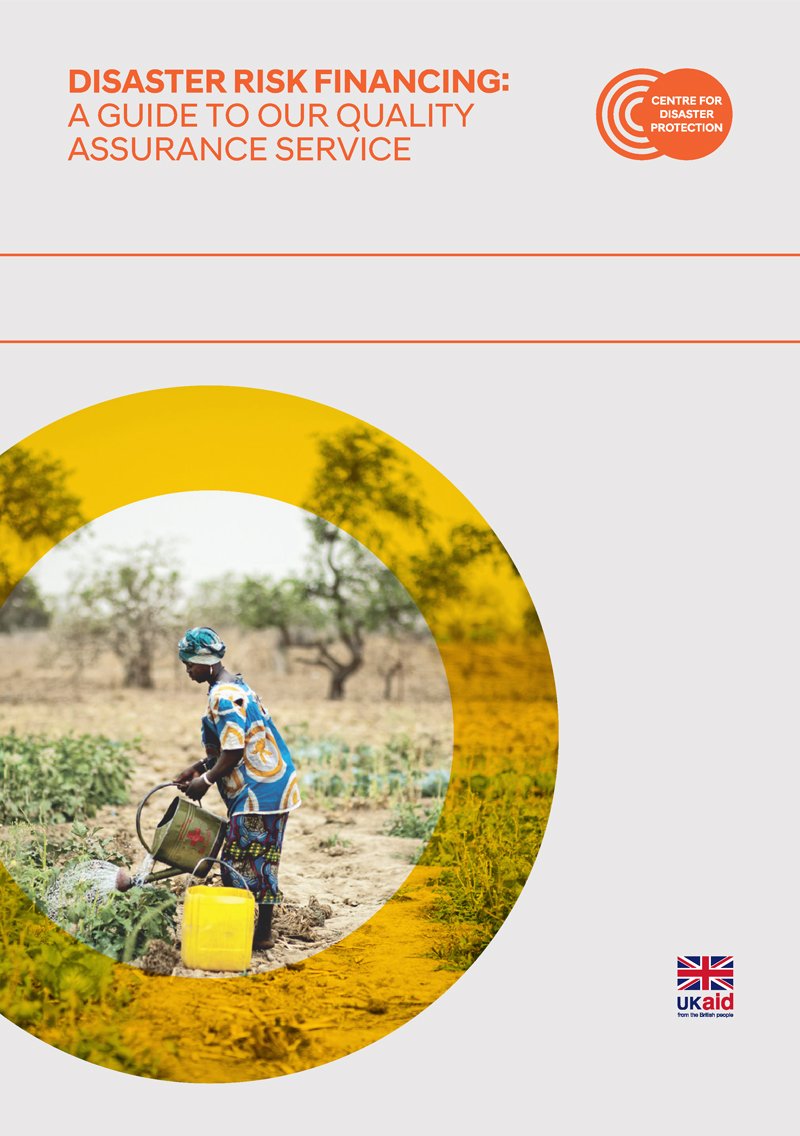
DISASTER RISK FINANCING: A GUIDE TO OUR QUALITY ASSURANCE SERVICE
This guidance note provides an overview of the Centre for Disaster Protection’s quality assurance service—a free-to-use and impartial service that provides governments, donors, multilateral organisations, and NGOs expert advice on the design and implementation of disaster risk financing projects.
Available in English, French, German and Arabic.
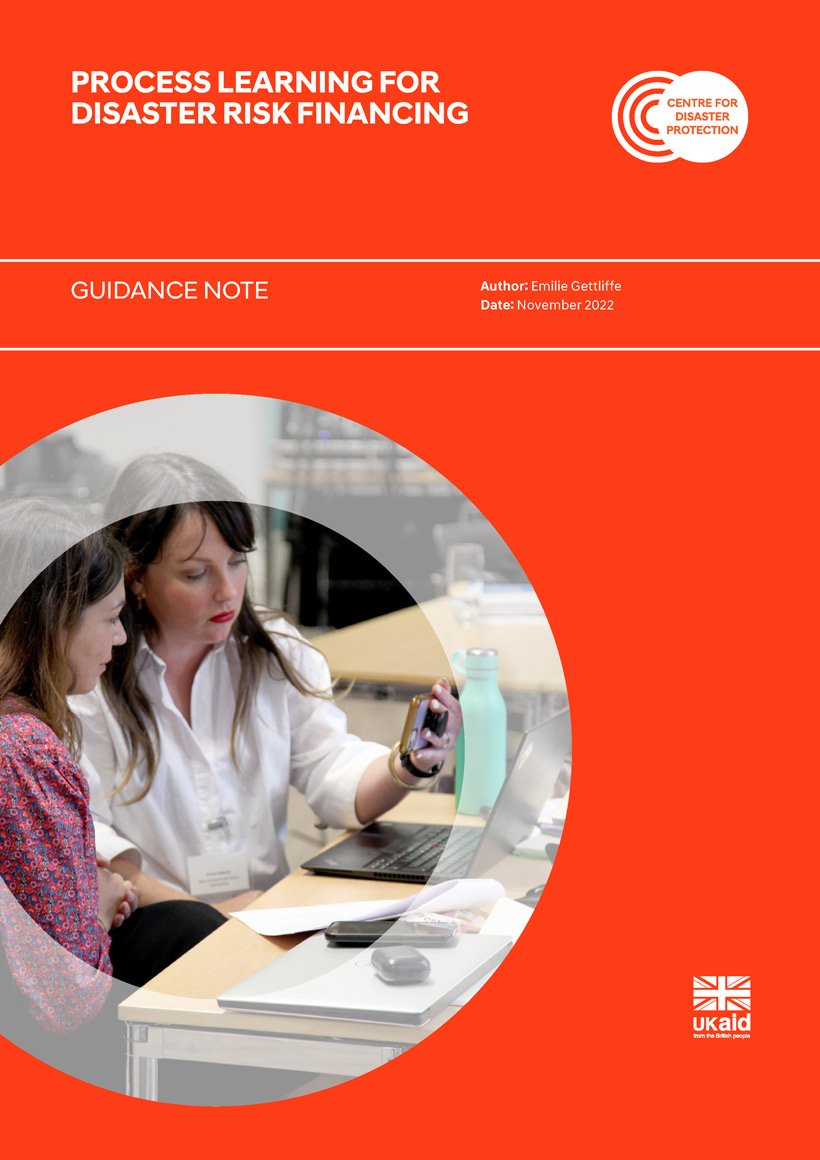
PROCESS LEARNING FOR DISASTER RISK FINANCING
This guidance document offers practical steps on how to capture lessons from DRF initiatives, providing an opportunity for real-time reflection and feedback for those designing and implementing DRF systems, as well as key partner organisations. The guidance is designed to help capture and communicate learning on what is working well, which assumptions are holding true (or not) and what needs to be adjusted or changed. This guidance builds on and complements the Centre’s ‘7 Keys to Unlock Effective DRF’. Process learning is particularly relevant to the characteristic of constant improvement – embedding scrutiny and learning into
DRF initiatives to ensure quality and effectiveness.
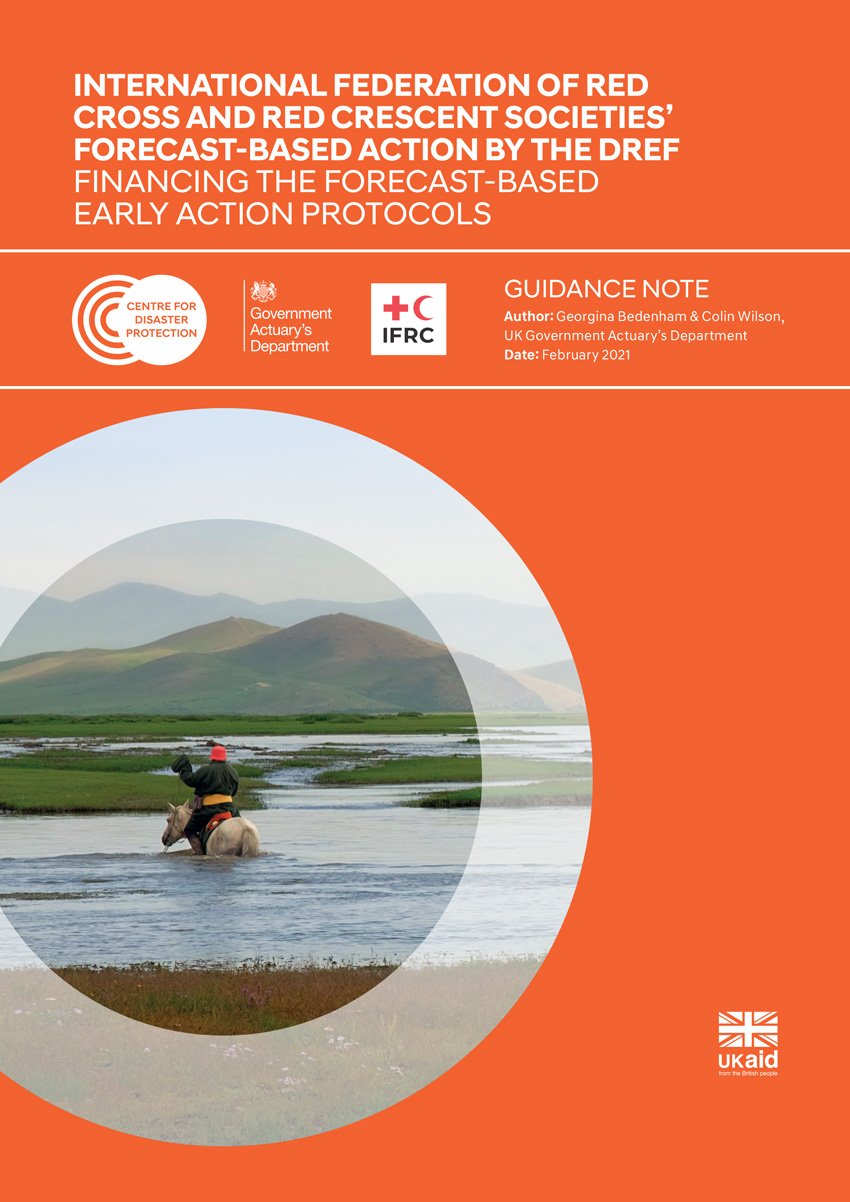
INTERNATIONAL FEDERATION OF RED CROSS AND RED CRESCENT SOCIETIES’ FORECAST-BASED ACTION BY THE DREF
It is well known that in the event of a disaster, the speed of response is key. It is increasingly recognised that precommitment, readiness preparations, and forecast-based action can dramatically improve effectiveness. This report examines the alternative options that may be available to the International Federation of Red Cross and Red Crescent Societies (IFRC) when funding its Early Action Protocols (EAPs) through the Forecast-based Action by the DREF (FbA by the DREF)
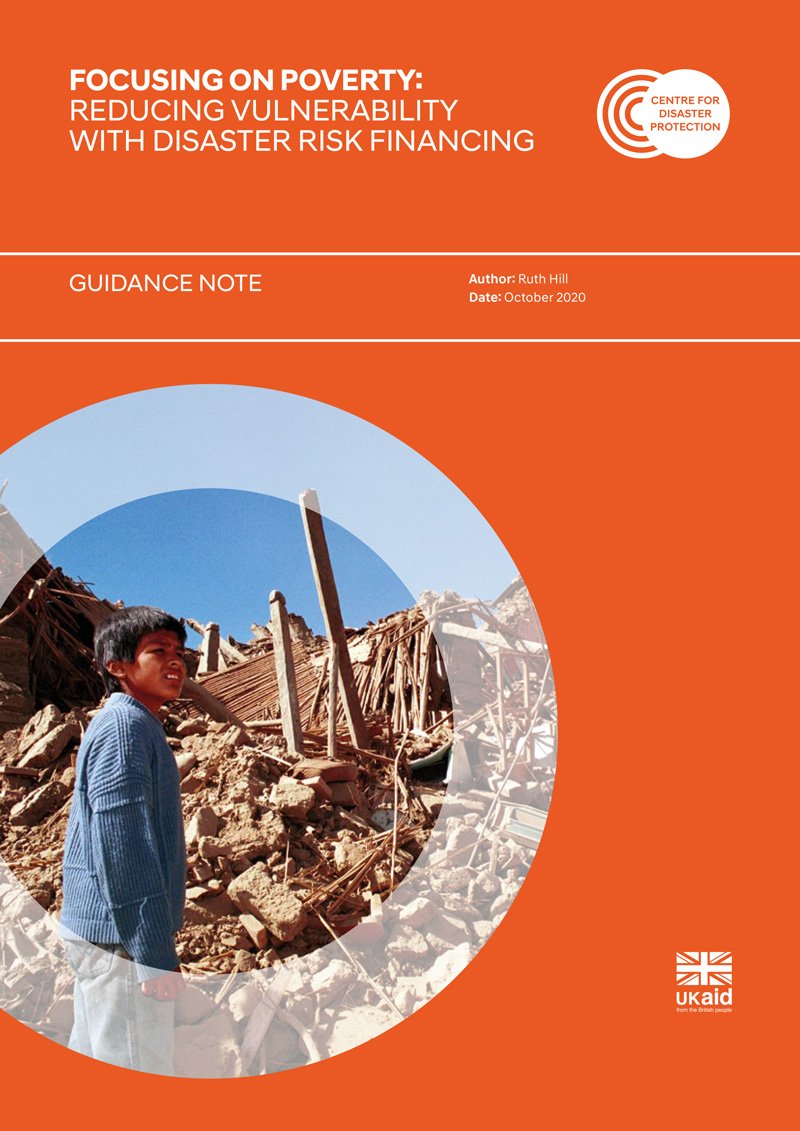
FOCUSING ON POVERTY: REDUCING VULNERABILITY WITH DISASTER RISK FINANCING
Disasters have the biggest impact on those that are least able to protect themselves from them: vulnerable people. In most cases the most vulnerable are also the poorest in a society. This guidance note sets out some questions that can be asked during programme design to help ensure that DRF is most directed to those who are least able to withstand shocks.
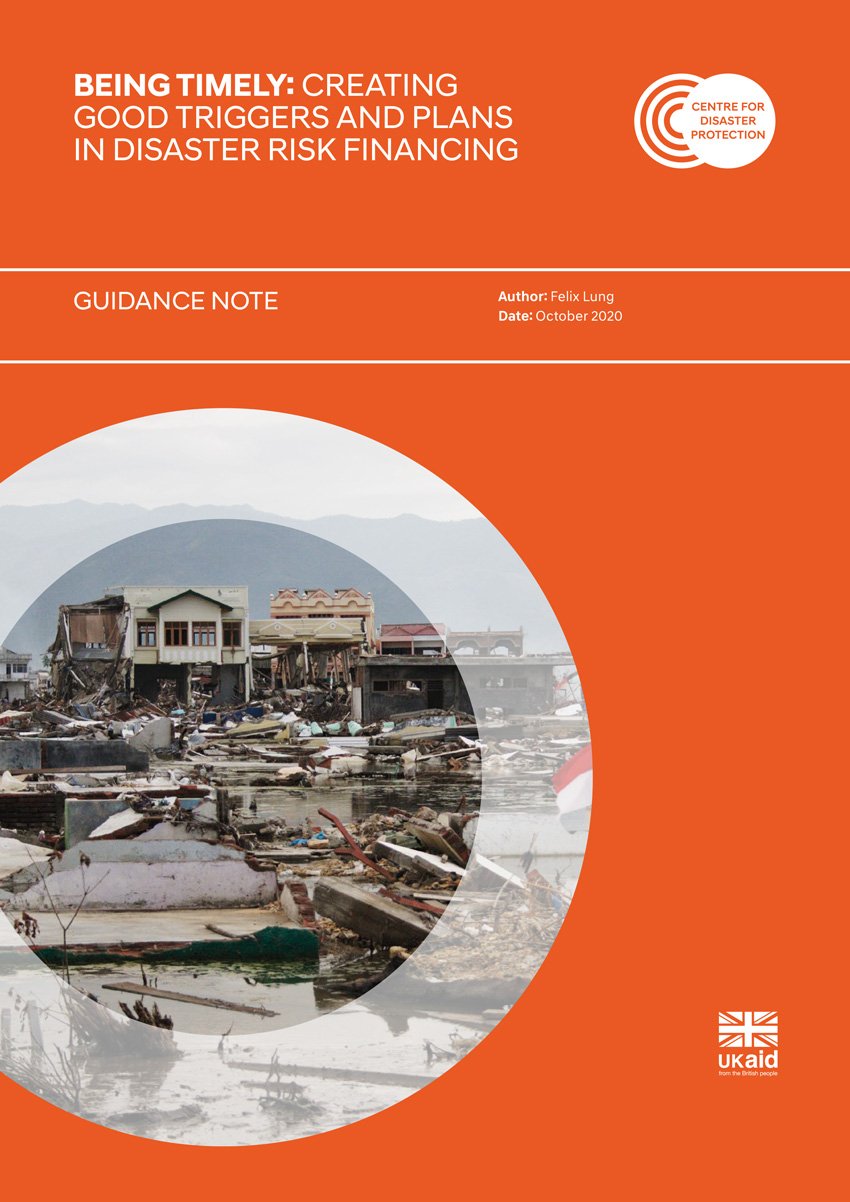
BEING TIMELY: CREATING GOOD TRIGGERS AND PLANS IN DISASTER RISK FINANCING
This guidance note offers practical guidance on contingency planning and triggers for preparing before a disaster strikes to support a faster, more coordinated, and ultimately, more effective response.

IMPROVING CONSTANTLY: EMBEDDING SCRUTINY AND LEARNING IN DISASTER RISK FINANCING
There is currently little in the way of rigorous evidence of impact or established ‘best practice’ in DRF. It is important, therefore, that we engage in scrutiny, be open to learning and willing to be held accountable. This guidance note sets out practical ways to ensure quality, independent scrutiny and improved learning in your DRF initiatives.
